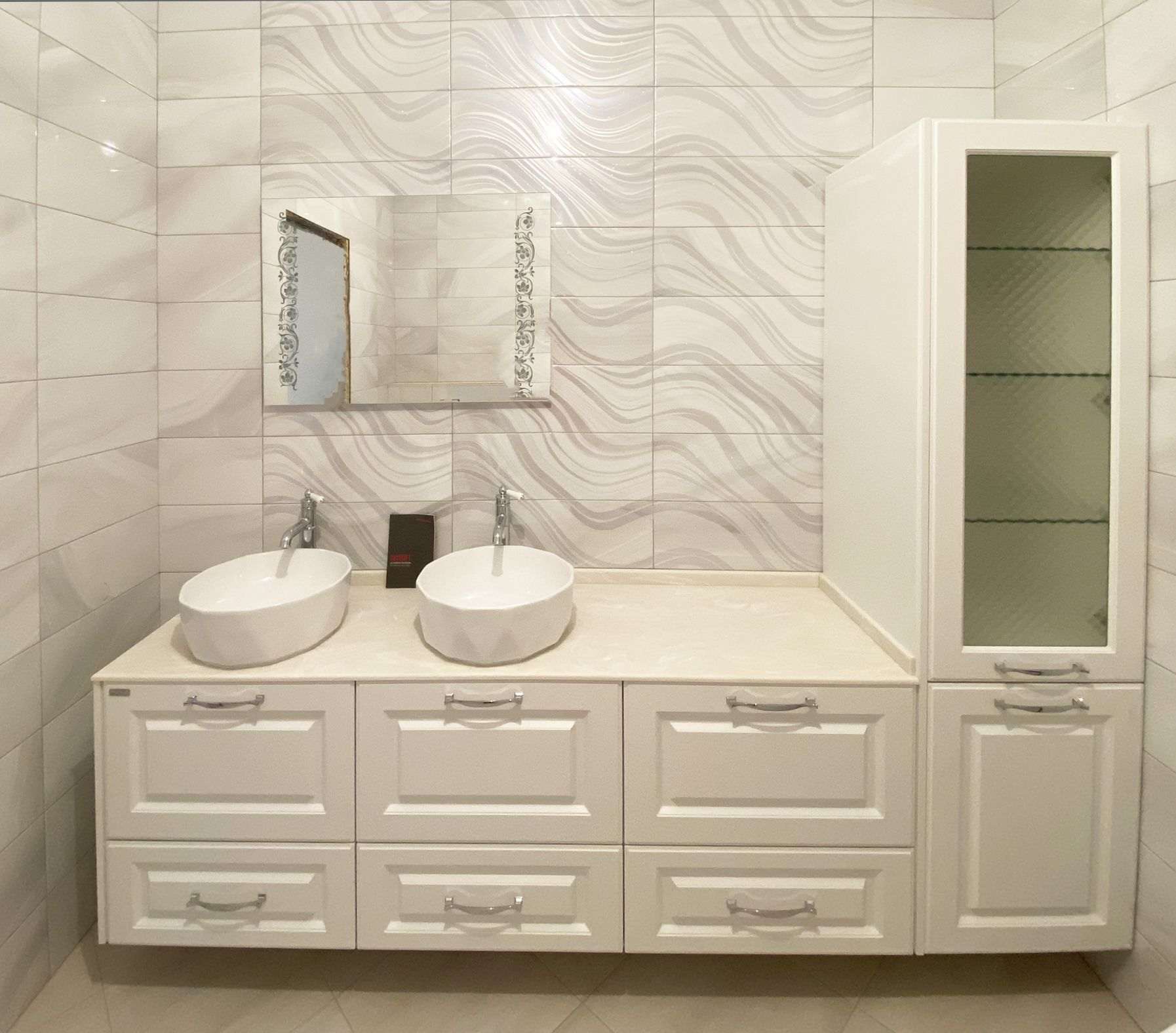
Introduction to Transforming Kitchens
In the heart of every home lies the kitchen, a place where families gather, meals are prepared, and memories are made. However, with the rapid pace of life and evolving culinary interests, many find their kitchens falling behind in both functionality and style. Transforming kitchens is not just about the latest trends or appliances, it’s about creating a space that enhances the lives of those who use it. In this article, we explore the profound impact a kitchen makeover can have on day-to-day living.
The Power of Aesthetic Change
First impressions count, and for many, the visual appeal of a kitchen is paramount. A transformation can involve color scheme changes, installation of new countertops, or an upgrade of cabinetry. The addition of a stylish backsplash or modern lighting fixtures can turn a drab kitchen into a vibrant space that invigorates the cook and welcomes guests. The aesthetic change is not merely about beauty; it’s about creating an environment that reflects the personal taste and lifestyle of the homeowner.
Incorporating Technological Innovations
Today’s kitchens are not just about visual beauty; they incorporate technology to enhance functionality. Smart appliances that connect to Wi-Fi, hands-free faucets, or high-tech range hoods can transform the culinary experience. Technological advancements bring convenience and efficiency, allowing for the seamless integration of all aspects of kitchen use - from meal prep to cleanup. This modernization can significantly improve the quality of life for the homeowner by making everyday tasks simpler and more enjoyable.
Improving Ergonomics and Accessibility
An essential aspect of transforming kitchens is improving the ergonomics of the space. A kitchen remodel can address issues like inadequate storage, poor layout, or uncomfortable workspaces. In fact, redesigning for better movement, workflow, and accessibility can make a substantial difference in the enjoyment and functionality of the kitchen. For those with mobility challenges, modifications such as lower countertops, pull-out shelves, and wider walkways can drastically enhance independence and comfort in the kitchen environment.
The Social Dimension of Kitchen Design
Kitchens are inherently social spaces where people congregate, converse, and connect. An open kitchen design can promote interaction, welcoming family members and guests into the heart of the home. By incorporating features like an island with seating or a dining nook, kitchen transformations often consider the social dimension of the space, ensuring it is equipped to host gatherings and facilitate conversation, making the kitchen an integral part of the overall social structure of the home.
Enhancing Lifelong Experiences
Beyond the physical transformation, the impact of a renewed kitchen on daily life is profound. It can rekindle one's passion for cooking, inspire healthier eating habits, and offer a sense of pride and satisfaction every time one enters the space. Moreover, a kitchen designed with thought and care can serve as a place of instruction and learning, where children and adults alike can cultivate culinary skills and explore new flavors, enhancing their lives with each home-cooked meal.
Conclusion: More Than Just A Room
Transforming a kitchen goes beyond the superficial aspects of design and taps into the deeper potential of the space to affect our lives positively. The careful consideration of aesthetics, ergonomics, technology, and social connectivity has the power to turn a mere room into a hub of joy, inspiration, and togetherness. A well-designed kitchen transformation can truly enhance the lives of those who live within its reach, proving that these spaces are indeed much more than just rooms for preparing food—they are places where life is lived and savored.